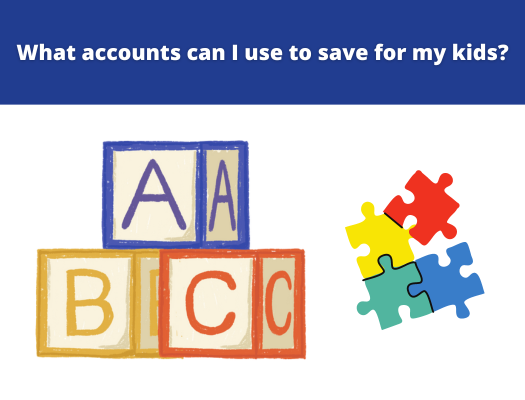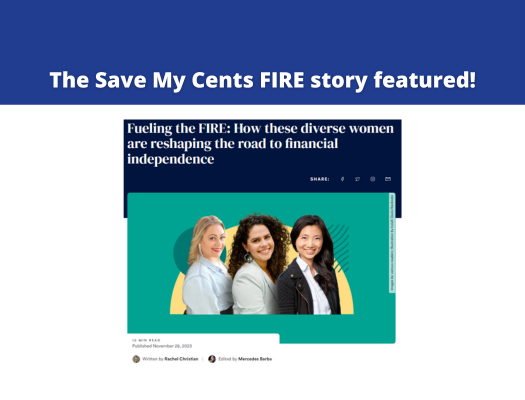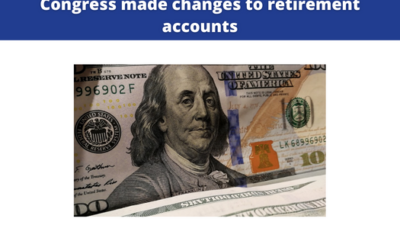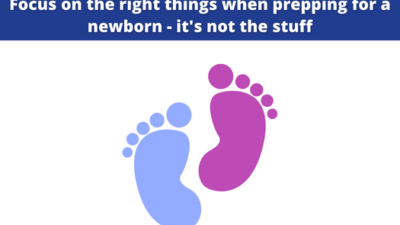In 2013, everything changed. I got married to Mr. Save My Cents, moved to NYC, took a lower paying job, and we agreed to live off of the lower of our two incomes. I was able to find my personal budget from 2013 before we got married, and compared it to our budget in 2014 once things settled. The difference was enormous.
I’m showing numbers for one person, no rent
The 2013 numbers are from the months before we married and combined finances. The 2014 numbers are from a full year of us living together and combining finances and reducing expenses. To make it comparable, for the 2014 numbers, I took everything we spent and divided it in half – with the exception of therapy. That was 100% me. Due to Mr. Save My Cents’ request for privacy, I don’t ever show our rent or housing expense (which was low for NYC), so that people can’t calculate our salaries. This chart does not show our tithing – in both years I tithed 10% of my pre-tax income.
Before: $1700 a month. After: $1200 a month
So here is the comparison in all its glory. These are my real numbers, rounded to the nearest 5 or 10.

I was already reducing my lifestyle: Since I began dating Mr. Save My Cents, several of my spending categories already began trending down – I used to spend more than I did in 2013 on key categories like apparel, groceries, and gifting. Mr. Save My Cents began influencing me towards becoming more frugal as early as 2012. Some of my earliest hacks back then included saving tons on rent in San Francisco by staying in subleases instead of formal leases, moving to minimalist possessions, and a capsule wardrobe. I also upped my tithing from 5% to 10% of pre-tax over the years. In 2013 overall I had a 30% pre-tax savings rate. In 2014 that was closer to 50%.
We also do pay for cable internet and phone, but at that time I ran a side hustle business and deducted the expenses under that business. I keep the numbers for that business separate from my personal finances.
The biggest areas I cut were in wants
Travel: Mr. Save My Cents and I were long distance in 2013, so I paid for a lot of his flights to see me in San Francisco, averaging $400 a month. Even so, I also indulged in travel myself to see friends. We cut way back on travel spend, primarily through travel hacking, which is using credit card and loyalty program points to travel for free
Groceries and Eating out: I loved eating out and this one was hard to cut. Not only that, my previous job in 2013 paid for so much food at work that I basically did not need to cook (and yet, didn’t really take advantage of it to save). I kept to a very minimal grocery budget in 2014 in New York City by meal prepping and eating a lot of frozen food and not buying liquids. I also ate out a lot less. I found as many creative ways to hang out with friends without eating out, or, I simply chose a very low cost restaurant.
Other wants: Even though I tracked my spending diligently, I always had this big “other” category in 2013 where I put a ton of wants expenses and never categorized it. Looking back, I think by lumping it all together, I spent more mindlessly. A lot of it was subscriptions or online classes. Some home decor / homegoods. And also just… impulse spending. I paid for a newspaper I did not really read, I bought physical books, I paid for lots of leisurely activities. Once we got married we created more intentional categories – leisure, personal spending money, homegoods. By breaking everything down (I summarized it at a higher level for the chart), I became more intentional and really tried to get things used or for free.
I increased “needs” expenses that helped the journey
Therapy was worth it: I was under so much stress at that time from becoming more frugal, from work, from being in a new city, that it unearthed a lot of negative thinking from my childhood that needed therapy. My husband and I fought. I was negative all the time. I was lashing out. Thankfully, I’m so glad I went to therapy, because it is what helped the following years of frugality be more joyful.
Networking: In 2013 I randomly lumped networking into the “other wants” spending. In 2014 and later, as I would learn from Mr. Save My Cents, I saw networking as an integral part of developing my career and ability to earn more money. So by actually expanding the budget here, it benefited me in the long run. I now had a budget to spend on going to events, meeting up with people and taking them out to coffee, and getting any reading material that I needed to increase my knowledge.
Finding joy was key to being frugal
I could easily look back and wonder if maybe all this frugality meant that I missed out on a lot of things. However, because I adopted an abundance mindset, I am able to remember the intense years like this more fondly. This abundance mindset can be adapted by anyone to apply to a difficult situation.
Even today, Mr. Save My Cents and I still remain frugal. Our incomes rose and with that we now live in a nicer home. We have two cats. We eat a little nicer. Starting later this year our childcare expenses likely will go through the roof as I return to work. Otherwise, Inflation accounts for the remaining growth in our expenses. Yet, in many other areas, the frugality remains the same. We are happy and joyful because we found a way to be happy with everything that we have at any given moment. That is finding joy. That is the “I Get To” movement.
If you want to learn more about some techniques I’ve developed to maintain this mindset, please feel free to check out my digital course Five Weeks to Abundance, which documents much of the behind the scenes of this adjustment period.










